August 2024 is the new season for red pepper production, the Nu Skin inspection team went deep into the red pepper production area in Gansu, China to inspect the base from planting, primary processing, storage and other aspects of pepper planting and harvesting to assess the food safety level of red pepper raw materials.
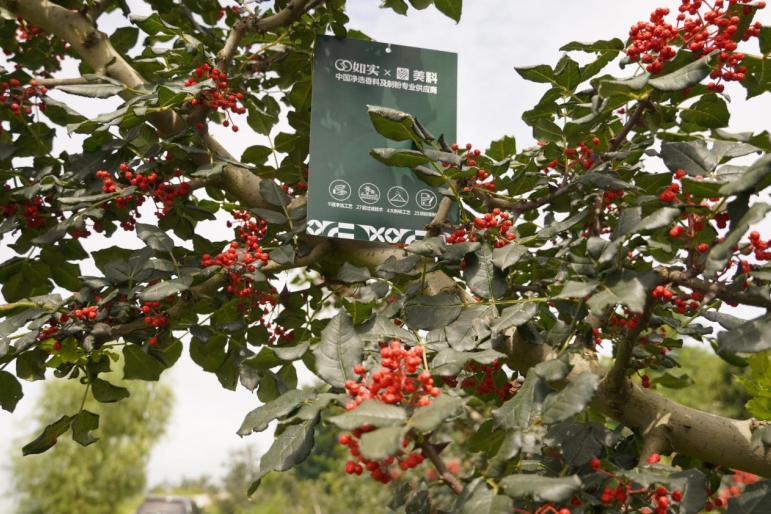
Gansu peppercorn is a genus of peppercorns in the Brassicaceae family, the big red robe peppercorns. It is mainly produced in Gansu Wudu, Tianshui and other places, Wudu production area is located in the Yangtze River basin, Tianshui production area is located in the Yellow River basin.
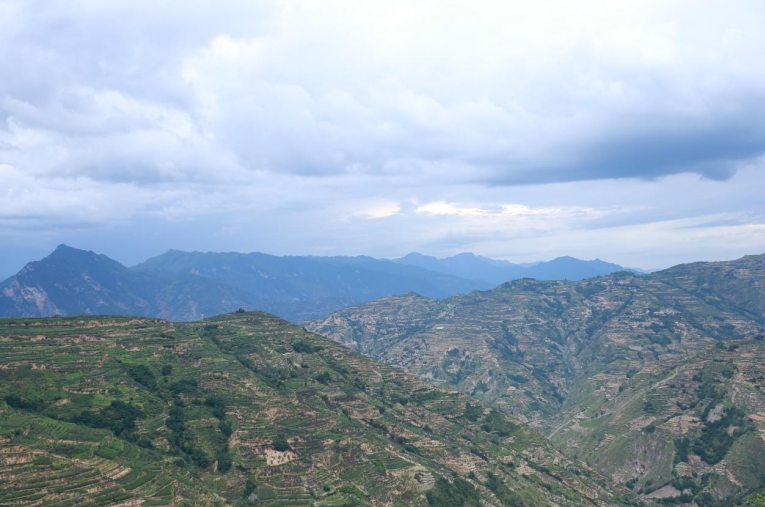
Gansu pepper is a shrub, and the Maowen pepper in the form of basic consistency, its branches grey or brownish-grey, red or reddish-brown pericarp, oil protruding and dense, large and full of particles. The fruits have a strong and persistent flavour, and are rich and tasty, with a high rate of oil production.
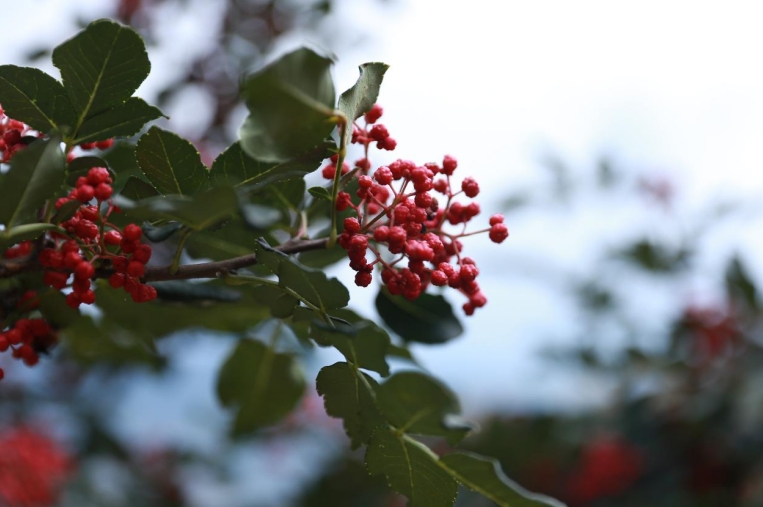
Region of Origin:Gansu, China
Altitude:1000-1800 metres Watershed:Bailongjiang River, Weihe River
Geomorphology: Mountains (loess valleys, plateaus)
Soil: Yellow sheep soil, low organic matter content, good water permeability and arable, suitable for planting pepper trees
Seed breeding: fully mature peppercorns, collected and sown using seed breeding grafted seedlings: seedling planting, the use of excellent traits of the scion grafted to the rootstock planting density: mountainous terrain, no strict plant spacing, the general plant spacing of 2m-3m, row spacing of 3m-4m
Fertiliser cycle: 1-2 times/year, mostly in spring and autumn Fertiliser type: farmyard manure mixed with compound fertiliser Fertiliser method: compound fertiliser spreading, organic fertiliser ditching Fertiliser application: according to the size of the tree, the amount of fertiliser is not certain Main pesticides: carbendazim, phenyl ether metronidazole, imidacloprid, acetamiprid, etc. Number of applications: 2-3 times/year
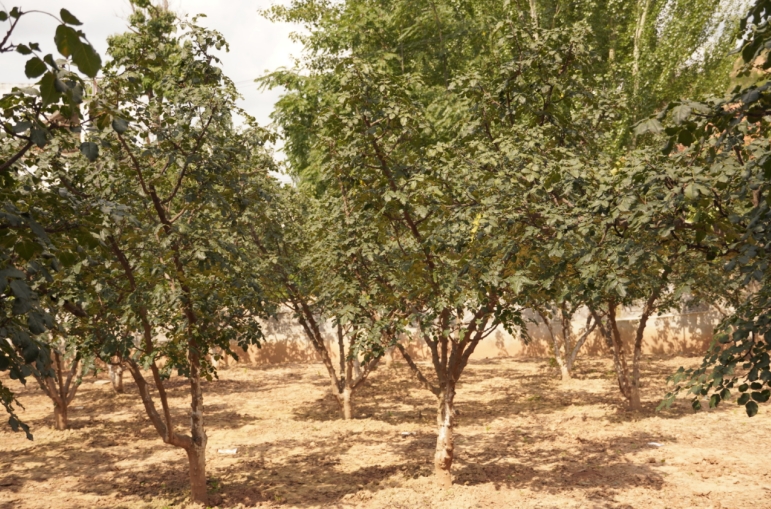
Pepper pest control methods: most of the chemical control methods, supplemented by insecticide lamps, yellow boards and other green control measures
Harvesting time: mid-July - mid to late August Harvesting method: manual picking pepper cob Harvesting conditions: need to choose not rain, no dew when picking Post-harvest processing: Gansu pepper is generally harvested after the sun drying or drying
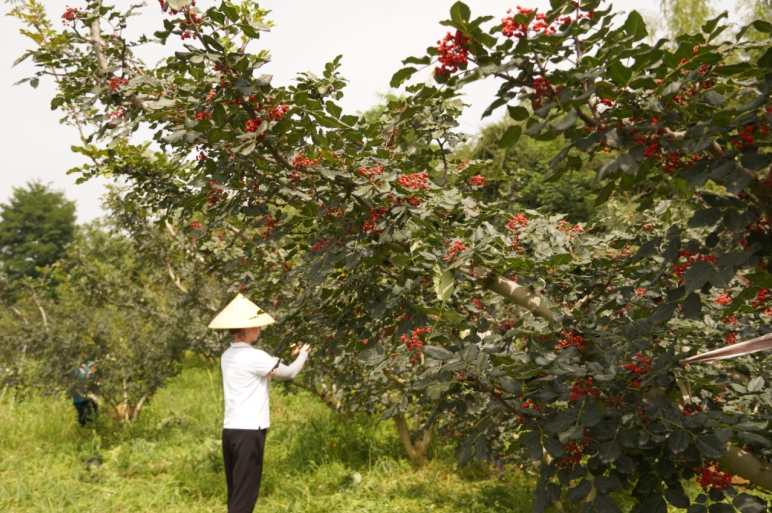
Blowing in addition to water:Picked under the pepper spread open in the shade in a cool, cool ventilated place, placed 1 night to wait for the second day of drying; or placed in the drying box blowing 2-3 hours, to remove the pepper surface water.
Drying: mostly small air dryer as a heat source drying, single drying volume of about 300-500 kg of fresh pepper, drying time is about 24-30h.
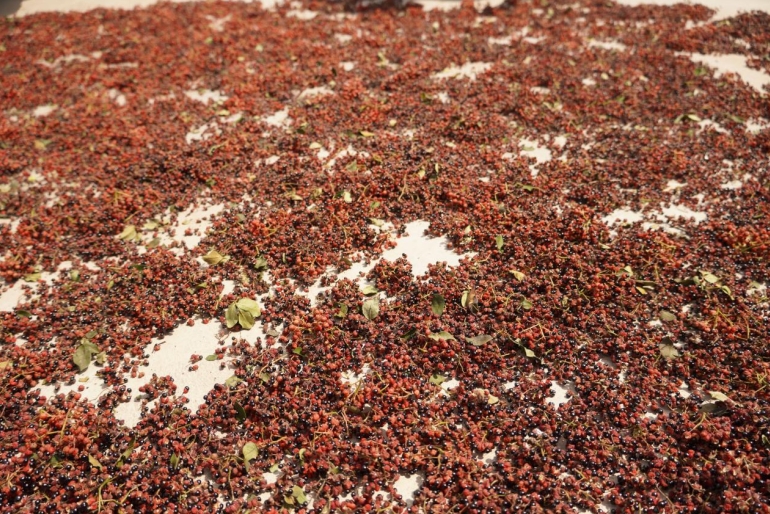
Sun-drying: The fresh peppers that have been placed for 1 night can be dried by laying them flat on a clean tarpaulin (skip or dam) after one day of exposure to the sun.
Primary sieving:Use sieves, windmills and other primary sieving equipment to sieve out impurities such as pepper seeds, broken leaves and fine ash.
Storage:Farmers by the initial screening of pepper, farmers generally use the inner film bag + woven bag storage; there are a small number of farmers only use woven bag storage.
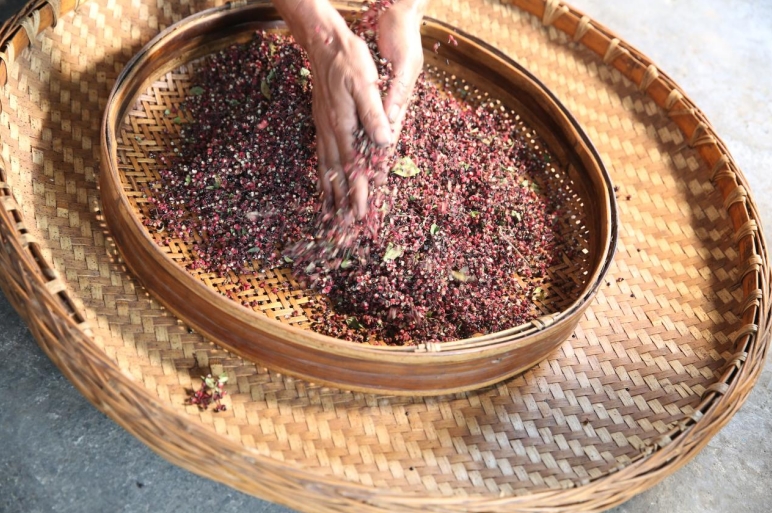
Food Safety Risk Analysis of Gansu Peppercorns Raw Materials in accordance with the Guidelines for Food Safety Assessment of the National Centre for Food Safety Risk Assessment (NCFSRA) and the actual situation of agricultural products.
1. Traceability risk: the base pepper can be traced back to the growers; farmers pepper from thousands of households, it is difficult to trace back to the growers, there is a certain traceability risk.
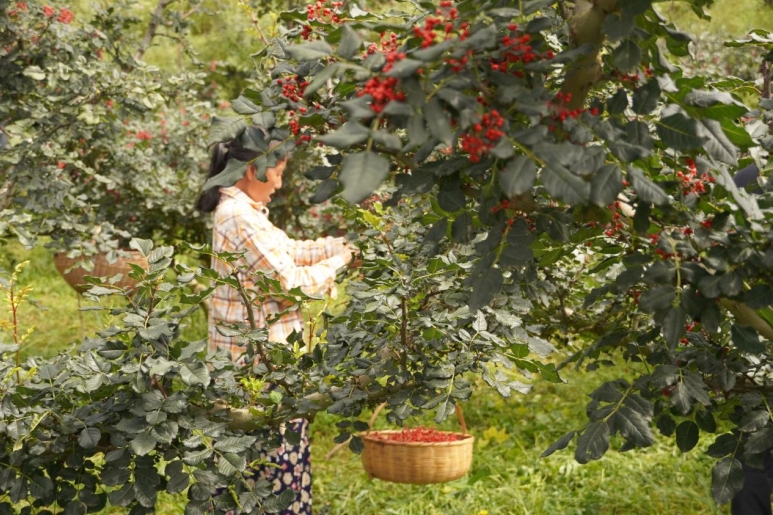
2. Risk of pesticide residues:Gansu pepper in the planting process usually use thiophanate-methyl:carbendazim, imidacloprid, acetamiprid and other pesticides, are low-toxicity pesticides, the use of the number of times and the time of use is not standardised, which may lead to pesticide residues exceeding the standard.
3. Risks of primary processing: use of non-clean energy such as coal for drying, mixing of foreign substances during processing, etc.
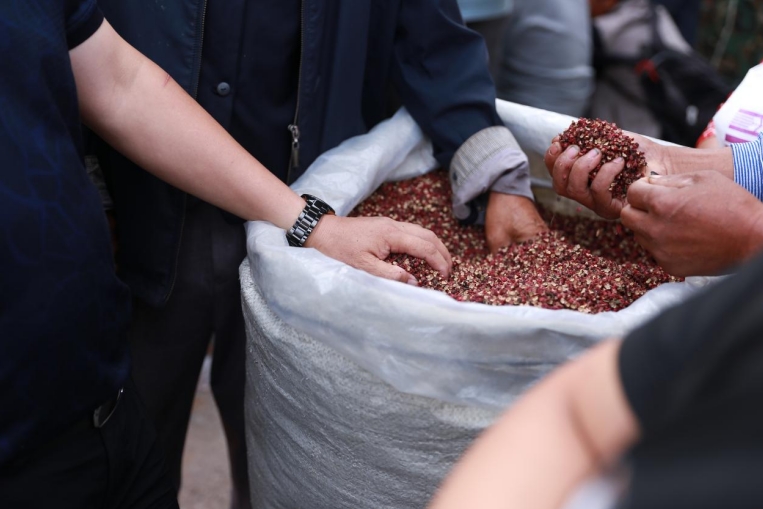
4. Storage risk: some farmers are not traded before the use of woven bags directly containing peppercorns, if long-term storage may cause the plasticiser in the woven bags dissolved in the pepper fat, resulting in plasticiser exceeds the standard and the active ingredient volatilisation faster.
For Gansu pepper in the pesticide residues, the risk of primary processing, such as the real how to do?
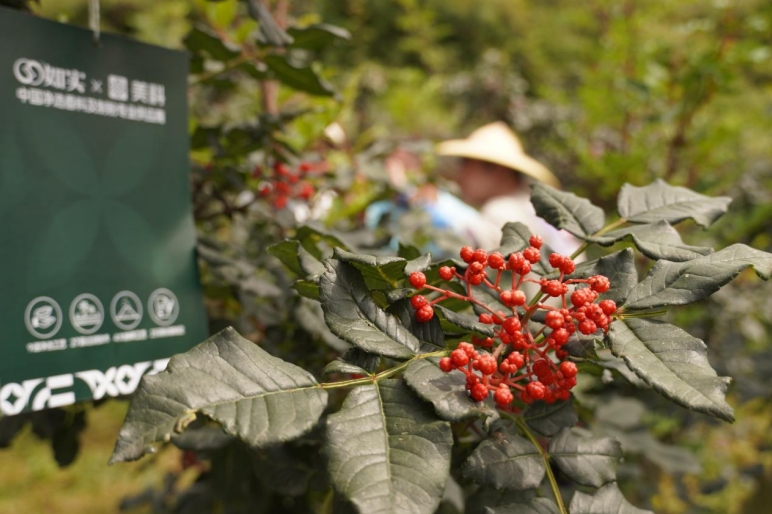
1. Pre-production area research.
Research and archiving:At the beginning of the new production season, personnel are organised to conduct in-depth research, sampling and testing in the production areas to assess and screen the quality of peppercorns and the food safety of the production areas, and to record and archive the records.
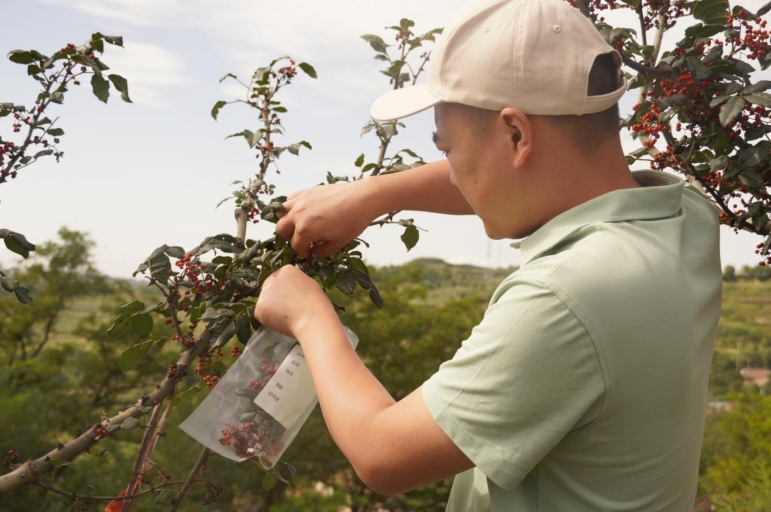
2. Base cooperation:Establishing strategic cooperation with pepper planting bases, providing full guidance and monitoring from seedling raising, planting, fertilising, medicating, harvesting, drying and other processes, and implementing standardised management.
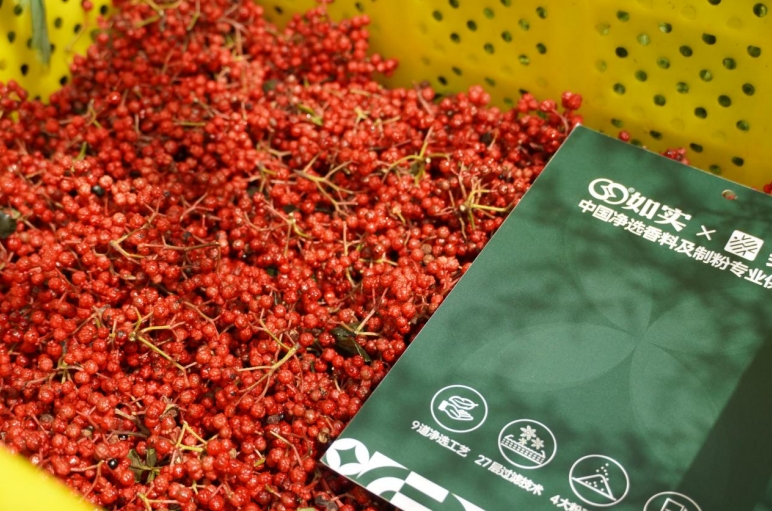
3. Raw material sampling and testing: each batch of raw materials acquired to the plant, in accordance with the "GB/T12729.2-2020 spices and seasonings sampling methods" sampling for internal or external inspection, assessment of the test indicators summarised into the system, and feedback to the relevant cooperation base; for unqualified raw materials, to do the return process.
4. Storage and quality control: the raw materials will be strictly in accordance with the -10-0 ℃ large-capacity cold storage quality preservation and storage, effectively reduce the oxidation and volatilisation of the pepper aroma components, to ensure stable quality, and regular sensory and physicochemical indicators of the raw materials (volatile oils, hemp) testing to monitor the quality of changes.
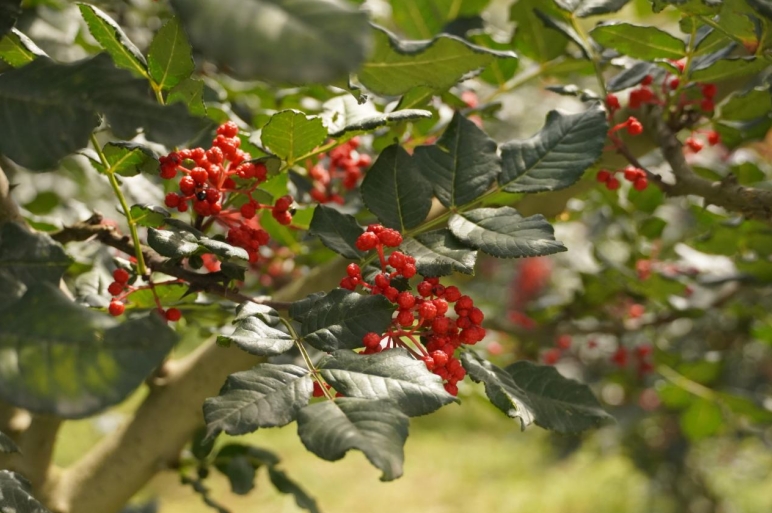
Gansu peppercorns were assessed to be relatively safe due to the fact that they are mostly grown by farmers and come from complex sources that are difficult to control.
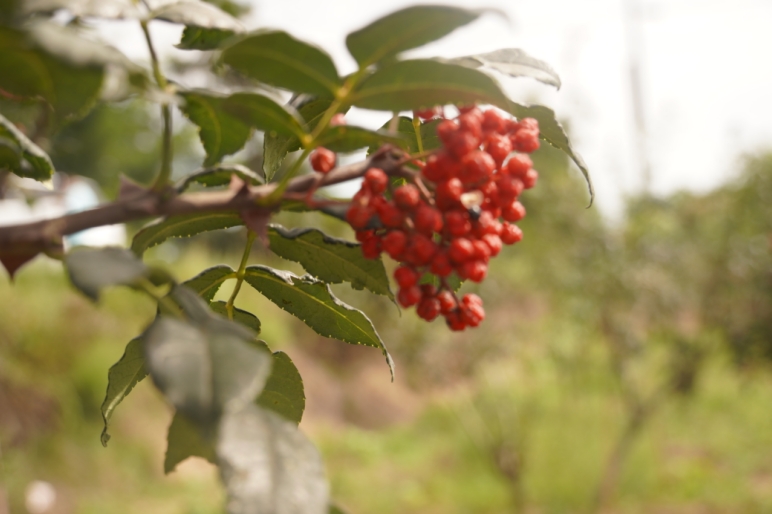
Overall, 2023-2024 season, Gansu pepper production area climate is generally normal, pepper growth situation is good, Qin'an, Gangu and other places pepper production capacity and production year-on-year to be restored last year, is expected to increase production by more than 30% year-on-year. However, due to this year's Gansu pepper harvest period met with continuous days of rain, harvesting can not be carried out in a timely manner, increasing the degree of disease spread, part of the peppercorn maturity is too high, in the tree that is open to drop seeds, harvesting dry after the colour of the dark, pulling down this year's Gansu peppercorns overall quality.
